LawnMaster NPTGCP2517B Bruksanvisning
LawnMaster
Grastrimmer
NPTGCP2517B
Läs gratis den bruksanvisning för LawnMaster NPTGCP2517B (85 sidor) i kategorin Grastrimmer. Guiden har ansetts hjälpsam av 26 personer och har ett genomsnittsbetyg på 4.4 stjärnor baserat på 13.5 recensioner. Har du en fråga om LawnMaster NPTGCP2517B eller vill du ställa frågor till andra användare av produkten? Ställ en fråga
Sida 1/85
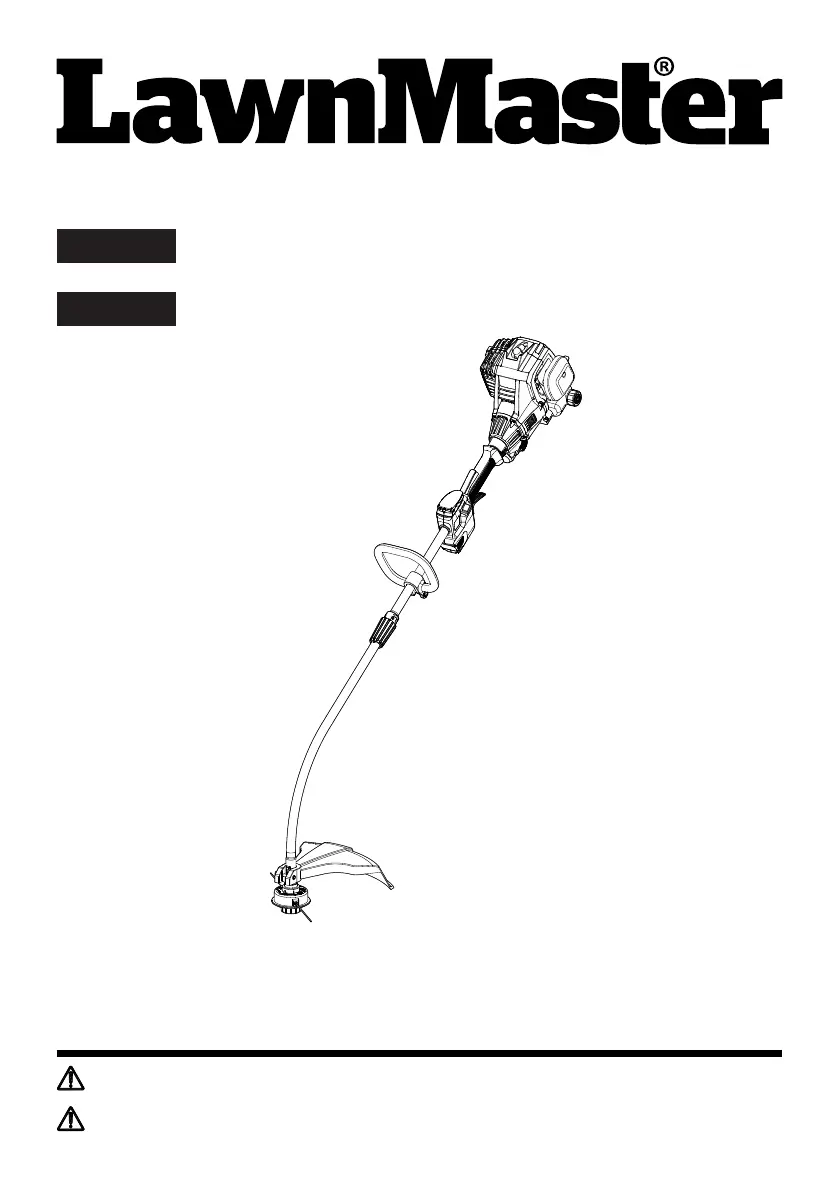
Operator's Manual / Manual del usuario
25cc 2-Cycle Grass Trimmer NPTGCP2517B
Bordeadora con Motor de 2 Tiempos de 25 cc NPTGCP2517B
EN p. 2
Read all safety rules and instructions carefully before operating this tool.
601 Regent Park Court Greenville, SC 29607, SC 29650 1-866-384-8432
Lea con cuidado todas las reglas e instrucciones de seguridad antes de utilizar esta herramienta.
601 Regent Park Court Greenville, SC 29607, SC 29650 1-866-384-8432
NOTICE:
Only use unleaded gasoline containing up to 10% ethanol. Do not use E15 or E85 fuel in this trimmer.
It will violate the federal law, damage the trimmer and void your warranty.
AVISO:
Utilice solo gasolina sin plomo que contenga un máximo de 10 % de etanol. No utilice combustible
E15 o E85 con esta bordeadora. Esto violará la ley federal, dañará la bordeadora y anulará su
garantía.
ES p. 44
Produktspecifikationer
| Varumärke: | LawnMaster |
| Kategori: | Grastrimmer |
| Modell: | NPTGCP2517B |
| Färg på produkten: | Zwart |
| På / Av knapp: | Ja |
| Skärm diagonal: | 22 " |
| Upplösning: | 1920 x 1080 Pixels |
| Original bildförhållande: | 16:9 |
| Ethernet LAN: | Nee |
| Videolägen som stöds: | 1080i |
| Betraktningsvinkel, horisontell: | 170 ° |
| Betraktningsvinkel, vertikal: | 160 ° |
| Skärmform: | Flat |
| Ljusstyrka: | 250 cd/m² |
| Antal USB 2.0-portar: | 1 |
| VGA (D-Sub) port(ar): | 1 |
| Antal HDMI-portar: | 1 |
| PC-ljud ingång: | Ja |
| Kompositvideoingång: | 1 |
| Komponenter för video (YPbPr/YCbCr): | 1 |
| DVI-port: | Nee |
| Smart TV: | Nee |
| Inbyggda högtalare: | Ja |
| Genomsnittlig effekt: | 6 W |
| Strömförbrukning (i standby): | - W |
| Antal högtalare: | 2 |
| Analog signalformat: | PAL, SECAM |
| HD typ: | Full HD |
| Respons tid: | 5 ms |
| Grafikupplösningar som stöds: | 1920 x 1080 (HD 1080) |
| Kontrastförhållande (dynamisk): | 1000:1 |
| Skärmdiameter i centimeter: | 55.9 cm |
| Typ av tuner: | Analoog |
| Internet-TV: | Nee |
| Skrivbordsställ: | Ja |
| Möjlighet att justera skärmmått: | 16:9 |
| Text-TV: | Ja |
| På/av timer: | Ja |
| Teletekst: | 1000 pagina's |
| Antal SCART-portar: | 1 |
| AV-ingång: | Ja |
| Antal kanaler: | 125 kanalen |
| Kamfilter: | 2D |
| Wifi: | Nee |
| AC-ingångsspänning: | 100 - 240 V |
| AC-ingångsfrekvens: | 50 Hz |
| Strömförbrukning (typiskt): | 30 W |
Behöver du hjälp?
Om du behöver hjälp med LawnMaster NPTGCP2517B ställ en fråga nedan och andra användare kommer att svara dig
Grastrimmer LawnMaster Manualer

18 September 2024

18 September 2024

17 September 2024

17 September 2024

17 September 2024
Grastrimmer Manualer
- Adler
- Varo
- Mach
- IKRA
- GAM
- Texas
- SereneLife
- ELECTROLUX FLYMO PARTNER McCULLOCH
- Black Decker
- Yellow Garden Line
- Silverline
- Shindaiwa
- Grouw
- Mac Allister
- Challenge
Nyaste Grastrimmer Manualer
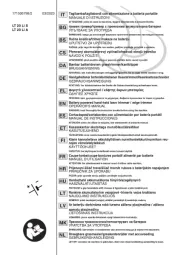
20 Oktober 2025
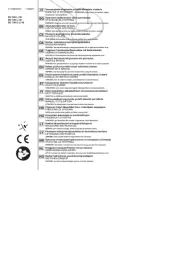
20 Oktober 2025
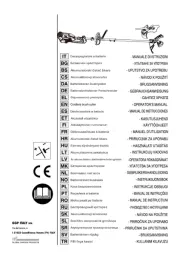
19 Oktober 2025
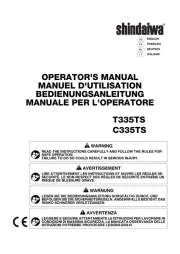
19 Oktober 2025
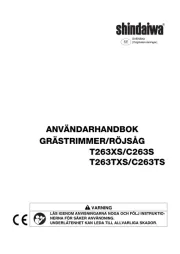
18 Oktober 2025
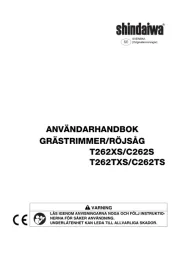
18 Oktober 2025
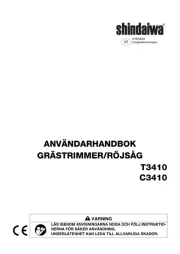
18 Oktober 2025
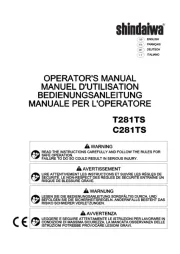
18 Oktober 2025
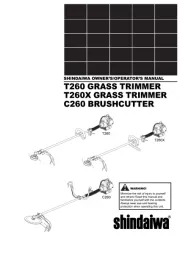
18 Oktober 2025
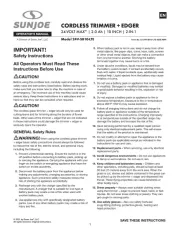
13 Oktober 2025